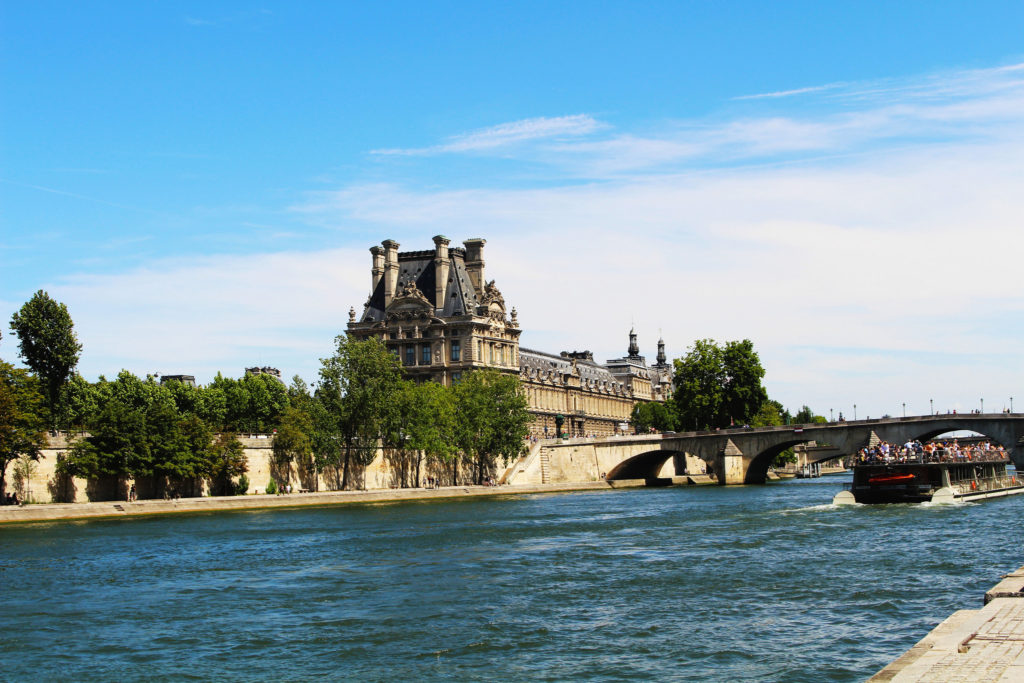I remember reading an online interview with the, then, new head of the Musée d’Orsay, Guy Cogeval a while back when he was discussing plans for the renovation of the Orsay. This was all quite exciting stuff, the museum was desperately in need of change and the €20 million project seemed certain to deliver. Guy was confident the right thing would happen. From October 20th we get to see for ourselves.
During the 19th century, two buildings stood upon the site of the future gallery, the Cavalry barracks and the Palais d’Orsay, built between 1810 and 1838. Both sites were burned down in 1871 and the area, on the left bank of the Seine, lay empty for nearly 30 years. The Orsay train station was originally constructed for the Orléans line, the building having been inaugurated at the World’s Fair of 1900. By 1939, developments in train travel meant the station had outgrown its surroundings, the platforms too short for the new modern trains that appeared with the electrification of the railways. In 1977 the French Government decided to convert the former station to a museum. The building was listed as a historical monument and re-opened as the Musée d’Orsay in December 1986.
I have never fully enjoyed going to the Orsay, not because of any disappointment with the art on display, more because the building itself didn’t seem to work. Corridors often failed to lead anywhere, the whitewashed walls and confusing light (too bright or too dingy) didn’t help either. The original architect of the museum, Gae Aulenti from Italy, has declared “light is everything” but her plan to have vast areas of glass roofing didn’t suit the paintings within. Claude Monet believed that “light is the principal person in the picture” and this was at the heart of his work. As Cogeval said, “These paintings were, after all, intended to be hung on walls in homes, not in a museum.” So, the job facing the renovators was to create a homely feel in a former train station.
So, what have the restoration team come up with? As you enter, the first work you will see is Manet’s controversial Le déjeuner sur l’herbe this is an inspired choice, Impressionism at its radical best. The interior of the Amont Pavilion, the station’s former engine house, has been entirely reconstructed. Elsewhere, there is a new Impressionist gallery. The redesigned gallery has dark wood flooring and colored walls, well, grey walls. Local architect Jean-Michael Wilmotte has mixed a paint that changes shade depending on the natural light in the room, occasionally showing red or green shades. Previously all works had been hung against white walls but this was something that the Museum definitely wanted to move away from. Having color on the walls will show the paintings off like never before, Cogeval may well have achieved his homely effect.
I remember the first time I went to the Orsay museum, a really pleasant visit and a bit too much going on to try and understand in two or three hours. I have been back a few times since but, as the lines got longer and the narrow corridors more crowded, it became a harder place to love. Just because it was a converted railway station wasn’t enough reason to love it. However, I shall be back in Paris in November and going to the Orsay will be top of my to-do list as, for the first time, this astonishing collection is housed in a proper gallery.
Readers, what are your memories of the Orsay?
Related articles

